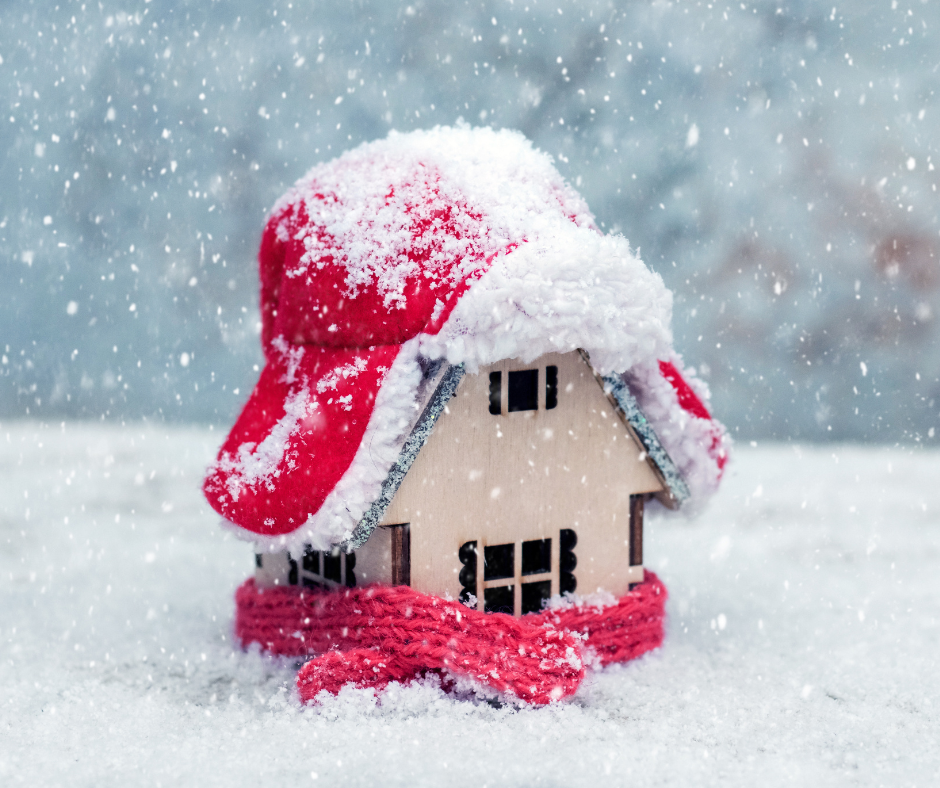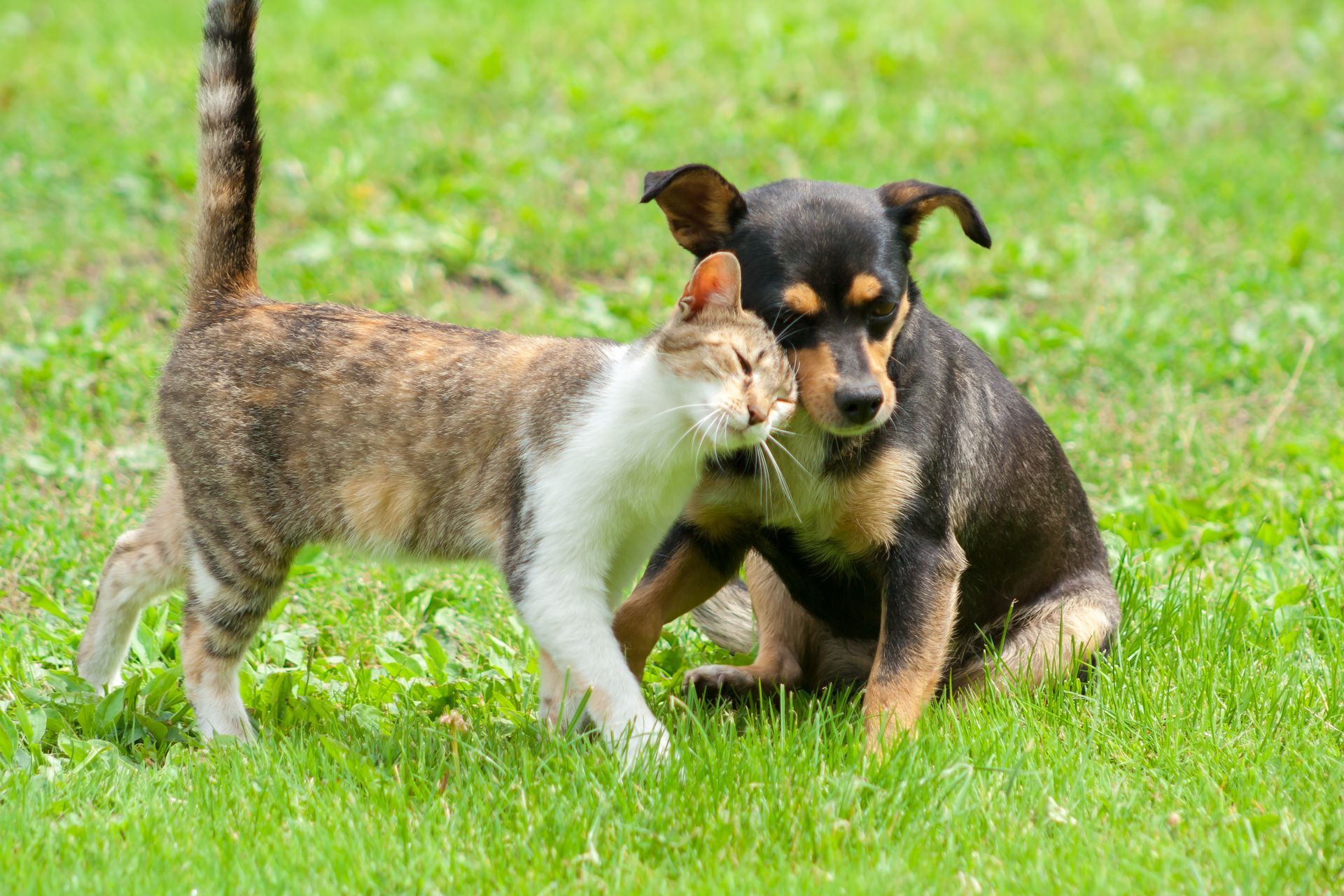Combat the Changing Seasons with These Fall Safety Tips
As the summer season fades into fall and long sunny days wane into short chilly nights, it’s time to take several safety measures and apply them to your home. The changing weather poses risks for your health and home so it’s important to be aware of the shifting season and its impact on your surroundings.
Don’t let the changing weather dampen your enjoyment of the season. Here are some important safety tips for a fun and safe fall.
Fall Health and Wellness Tips
From illnesses to injuries, there are several climate changes that happen in the fall that might have a direct impact on your health and wellness. Take some precautions to protect yourself!
Fight the Flu
Short for influenza, the flu is a contagious illness that infects the nose, throat, lungs and a range of complications like sinus and ear infections. According to the Centers for Disease Control and Prevention (CDC), there are three actions you can take to fight the flu:
- Wash your hands regularly
- Avoid close contact with sick people
- Wear appropriate clothes outdoors (coats, jackets, scarves, gloves, etc.)
Even though you can possibly get sick after getting a flu shot, a yearly vaccine can provide protection against complications from the flu.
If you do find yourself sick with the flu this fall season, make sure you talk to your doctor about steps you should take in order to get well soon.
Watch Your Back
One of the most beautiful occurrences of the fall season is when the leaves start to turn color then gracefully fall upon lawns or get suddenly swept up on an autumn breeze. A less poetic reality of fall is the fact that someone has to rake those leaves.
This season, watch your back as you tend to your lawn, as back injuries are prone to happen while raking and collecting leaves, by following these safety tips:
- Stretch: Make sure your muscles are ready for a workout
- Stand up straight: Pull from your arms and legs
- Relax: Rake for intervals of 10 – 15 minutes at a time, taking breaks in between
If you opt for a leaf blower over a rake, make sure you are properly dressed in clothing that covers your skin, like a flannel shirt and jeans. Wear appropriate eye protection and work shoes as well, protecting any sensitive parts of your body to prevent injury.
Protect Your Pets
When it comes to your home, you might think your pet is safe, but there are some hidden dangers. The American Society for the Prevention of Cruelty to Animals (ASPCA) has a helpful list of tips to help keep your pet safe from household poisons, cold weather hazards and everything that could pose a possible threat to your pet:
- Keep rodenticides (rat poisons) out of reach
- In more rural areas, watch out for dangerous wildlife
- Keep apple stems, leaves or seeds away from your pet, as ingestion could cause health problems
- Watch out for poisonous mushrooms
If your pet ingests something harmful – or is bit or attacked by a wild animal – call your local animal poison control center or ASPCA immediately.
Fall Driving Safety Tips
A combination of fewer hours of daylight with unpredictable weather can result in unsafe driving conditions in the fall. This can result in difficulty seeing and maneuvering on the roads.
Slippery When Wet
A number of weather conditions can contribute to a risky road. Here are a few dangers of fall weather to be aware of when driving:
- Rain: Water can pool on top of dust and oil, making the pavement slippery
- Leaves: They can litter the roads, making it slippery and obscuring vision of traffic lines, other pavement markings and even potholes
- Frost: Temperatures can drop dramatically in the night, making ice spots on areas of the road, such as bridges, overpasses and shaded areas
- Fog: It can limit your visibility when driving
There are multiple ways to stay safe on the roads this fall, and they all boil down to watching your speed, especially in areas with rain, frost or leaves, and paying attention to the road and your surroundings.
Don’t Veer for Deer
In Michigan we have a saying – “Don’t veer for deer.” Meaning, don’t swerve if a deer runs in front of your vehicle! You could lose control of the car quickly, especially if you are on a curve or narrow road with little to no shoulder. Instead, brake firmly with both hands on the wheel to come to a controlled stop.
Soak Up the Sun
Believe it or not, fall is a bad time for sun glare on the roads. Sun glare is dangerous because it can impact your sight for a few seconds after exposure, obscuring any vision of pedestrians, oncoming traffic and even the car in front of you.
Class Is Back in Session
Fall is back-to-school season, bringing with it back-to-school traffic in the early mornings and late afternoons. This also signals an increase of school buses and cars on the road. Not to mention, pedestrian traffic at crosswalks as kids and parents walk to and from the school and their bus stop.
Tips for Fall Home Maintenance
From cluttered gutters to fire hazards, protect your home this fall by making sure your it’s ready to combat the changing weather and potential dangers.
Check All Safety Devices
In order to ensure safety inside your home, take a moment and check all of your safety devices, making sure the batteries are charged and that they work properly. For example, test all your smoke alarms inside your home. Make sure the batteries are working properly and are fully charged. In addition, make sure to replace used and expired fire extinguishers.
Fire Up the Furnace
Turn your heater on before the temperatures really plummet so you can ensure it works. Contact a technician to inspect that it’s operating properly if you suspect it needs servicing. Keep all flammable materials away from your furnace. This includes clothing, paint products, toxic materials, cardboard and more.
Inspect the Insulation
When your home allows in cold drafts, it forces your furnace to work harder in order to heat your house, resulting in higher energy bills. Keep the cold air out by improving the insulation in your attic and walls.
Give the Heater Some Space
Make sure you read the instructions to see if your space heater requires venting, and if it does, make sure it’s vented to the outdoors. A good rule of thumb is to keep your space heater away from clothing, bedding, drapery and furniture. Remember to shut them off if you leave the house and don’t leave them unattended if you have children or pets. More importantly, don’t use your space heater as a dryer for hats, gloves and other articles of clothing, as they can catch fire.
Fire Safety
Before you relight your fireplace, check your chimney to confirm it’s free of debris and has proper ventilation. Make sure the bricks, mortar and liner are in good condition. Lastly, use a fireplace screen to keep the sparks from flying all over the place.
Doing laundry? Prevent dryer fires by cleaning filters after each load of wash and removing lint that collects in dryer vents. Like burning candles, never leave a load of laundry in the dryer unattended.
De-clutter the Gutters
Clean your gutters by removing all debris and leaves. Before burning leaves, check your city’s regulations, as it may be illegal where you live. If you burn them, do so away from the house and use proper containers.
Trim the Trees
As plants begin to die in the cold weather, make sure you call a landscaping service to remove any dead branches or decaying limbs on the trees of your property. When weighed down by ice and snow, or blowing in the wind, they can become hazardous and fall on your house or vehicle.
Fall is a time for fun and family. Put these tips into practice today to ensure a safe fall and winter season.
SOURCE: ZING!














